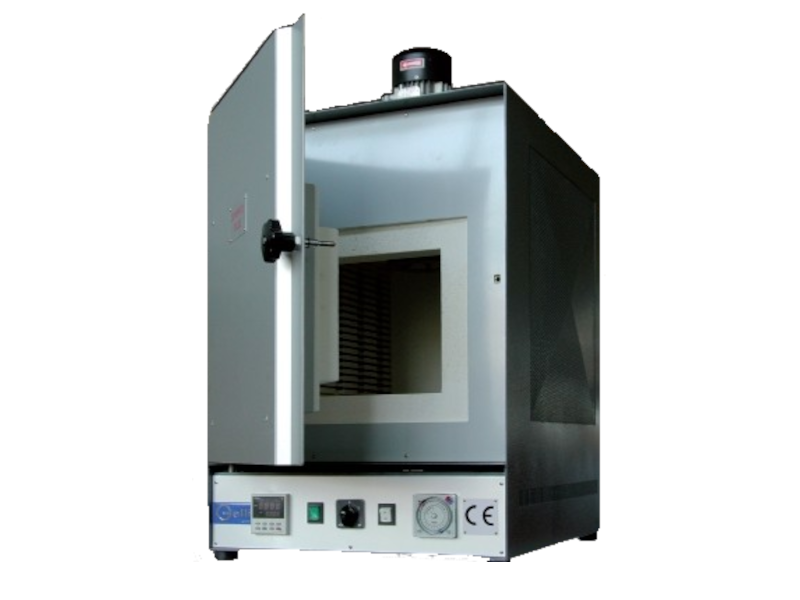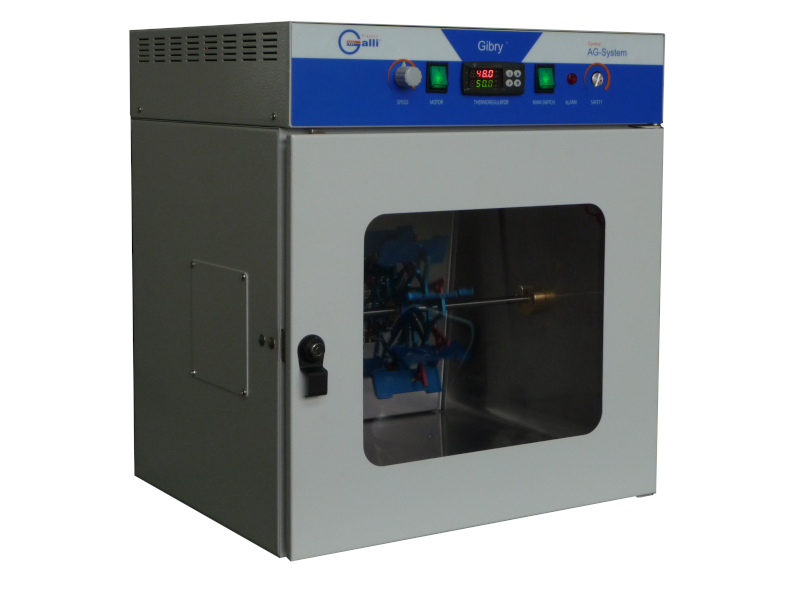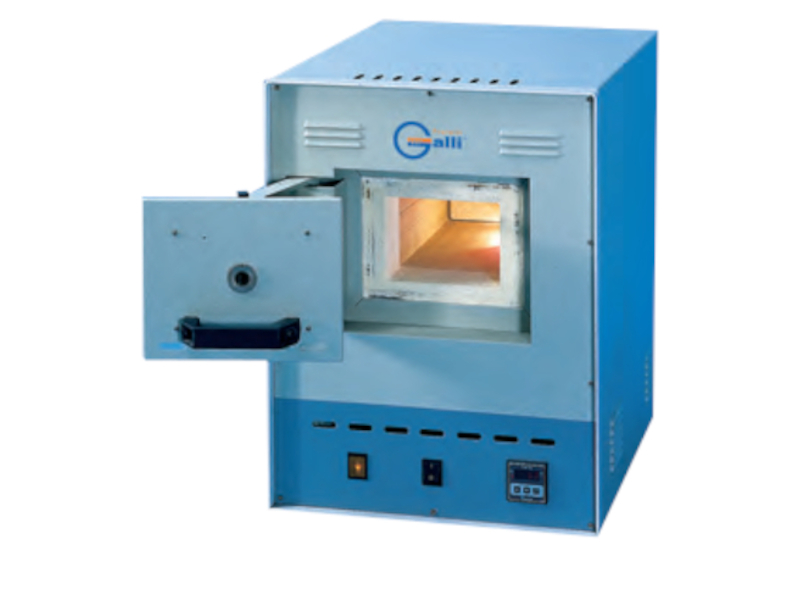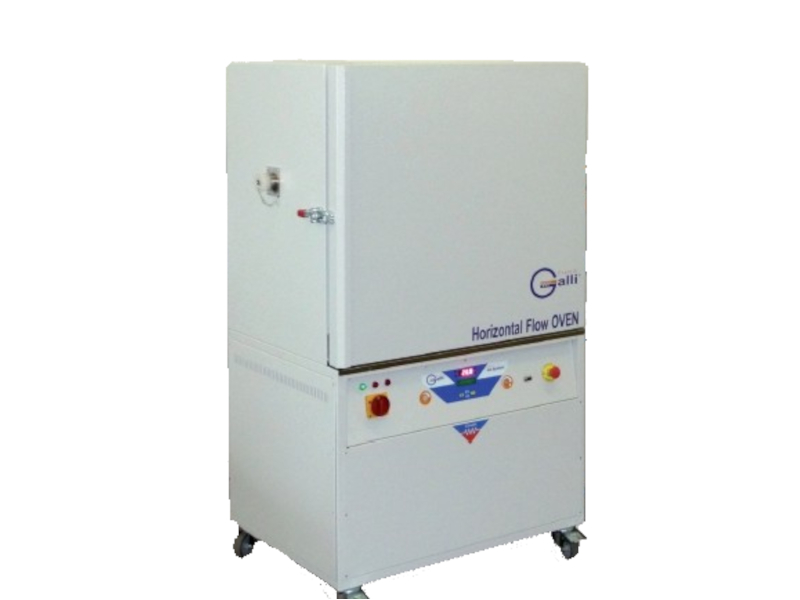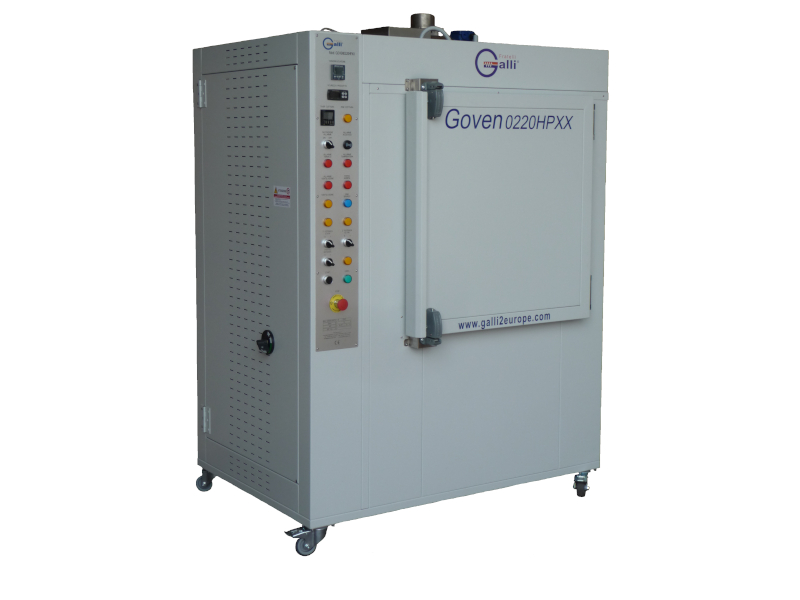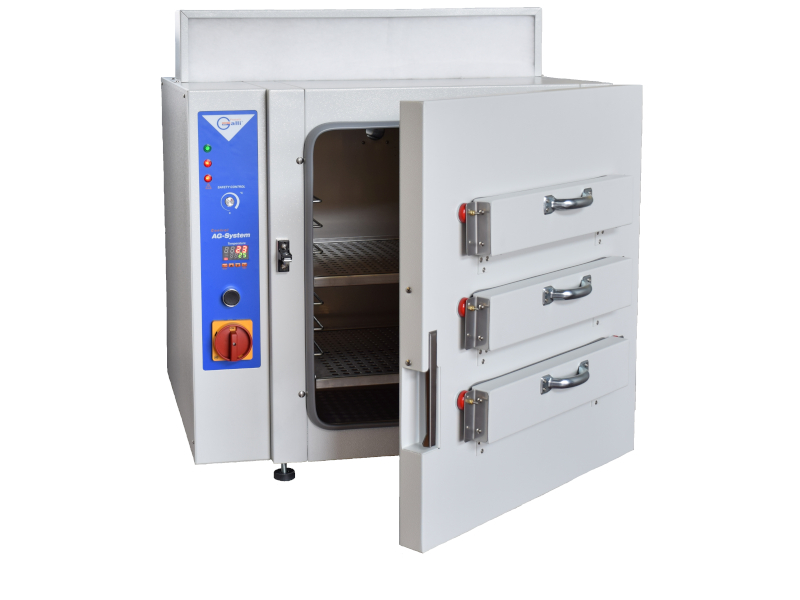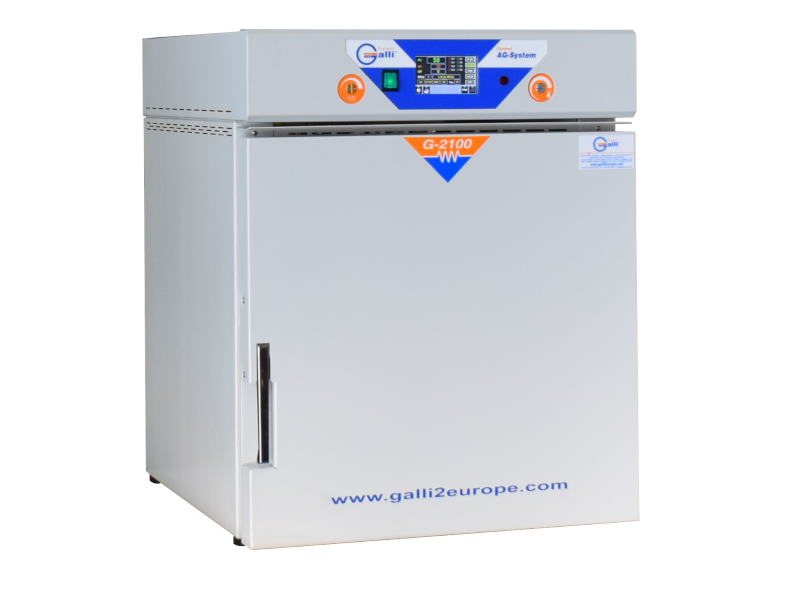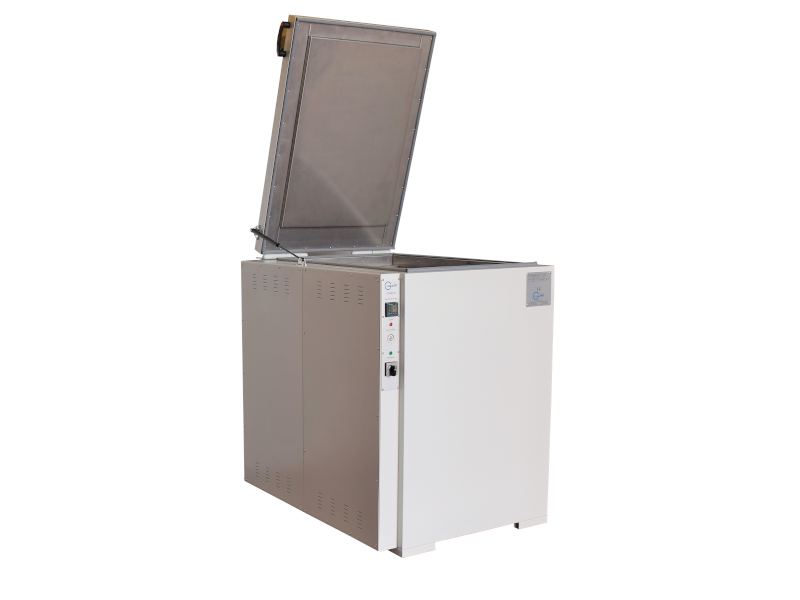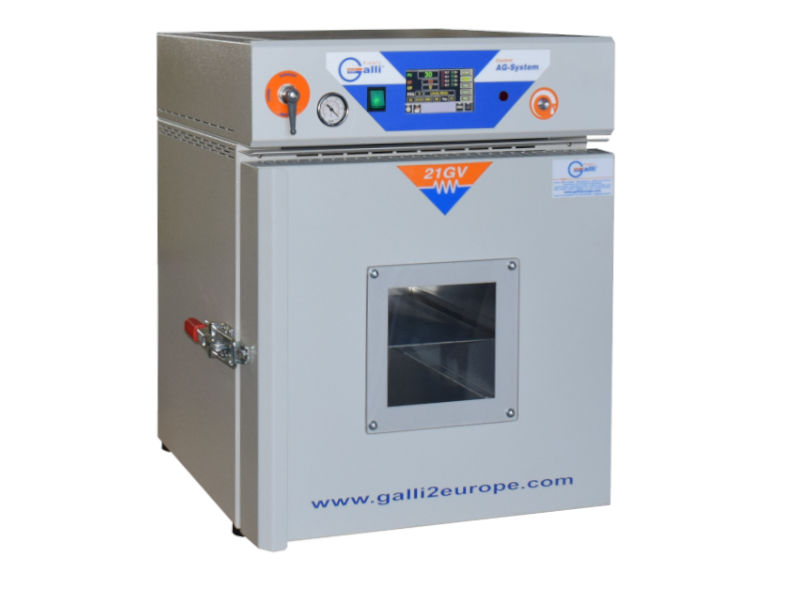Ovens
Laboratory Ovens are a specialty at Galli.
At Galli, we have always designed and built ovens capable of meeting various needs and uses.
The Laboratory Oven are one of the most common instruments found in a laboratory. It is used for routine daily operations such as drying laboratory chemical glassware, but also for more sophisticated studies that require accurate temperature control.
The Oven usually offers different characteristics, such as size, volume, power, temperature range, which makes it an instrument used both in research laboratories and in production departments. Sometimes the difference between Ovens and Furnaces is the working temperature, but an sometimes is simply the terminology used in common use.
- Product categories
Ovens
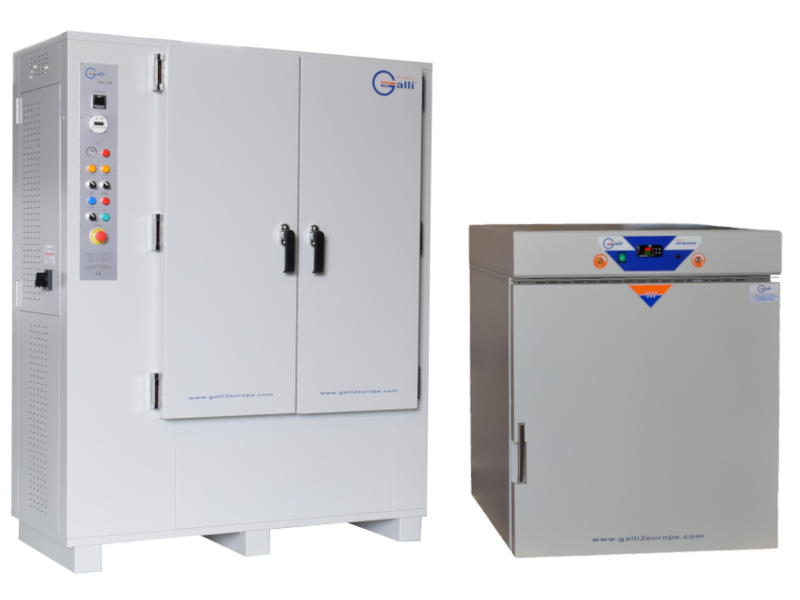
- Ovens
products
- Ovens
Info
How Does a Laboratory Oven or Oven Work?
Among the different types of Thermostatic laboratory ovens, we can identify some of the characteristics that characterize the operation of a oven or a furnaces. Below we describe how a Thermostatic laboratory oven works to help choose the most suitable model for the application intended by the user.
Guide to Buying a Laboratory Oven
Natural Ovens , where the air circulation occurs with the natural convective motion where the hot air tends to rise and draw colder air into circulation. In this type of Natural Air Ovens the natural convection of the air favors the heating of the entire volume, creating however more or less hot spots. To overcome this inconvenience, Fratelli Galli has studied and perfected over the years various measures to better homogenize the temperature, designing special resistances, creating special deflectors, in order to favor a convection that becomes guided in this way.
Forced Ventilation Ovens , where the air is moved by a fan in a forced manner.
These ovens are also called mechanical convection ovens because we have a device, a fan that pushes the air in a certain direction in order to have the most uniform heating possible. Not only that, the forced circulation of the air also allows for obtaining gradients, more important heating speeds. But it is not enough to put “a fan” in an oven to have a good result. Here too, years of experience have led Fratelli Galli to study and create forced ventilation Ovens with unique characteristics; specific models have very particular types of ventilation that, by differentiating themselves, allow for obtaining the best possible result in terms of heating, uniformity and thermal precision.
Vacuum Ovens, where it is possible to work in vacuum or with inert gas.
These devices are built to withstand depression and therefore the absence of atmosphere inside their chamber. The 21GV Vacuum Ovens by Fratelli Galli are perfect for all applications where thermolabile substances must be treated or when drying must be done at low temperatures and in an optimal manner.
Combined with the Vacuum Pumps, these tools have a practical vacuum indicator tool and a valve that allows you to adjust the level reached, versions with Digital Vacuum Gauges and TouchScreen controls are available for the most demanding customers.
Inert Atmosphere Ovens , in these models the air normally present in the test chamber is modified or replaced by the controlled introduction of an inert or modified atmosphere. This is to perform particular and specific heat treatments or to reduce the oxidation of the materials being tested. The inert atmosphere ovens designed and produced by Fratelli Galli are used in various sectors including the Electronic, Medical and Chemical laboratories, often made according to the specific needs of the customer.
Unbeatable Quality and Price in Prompt Delivery
Fill out the form here, entering your data and the description of your request.
You will save time on your next information request!

